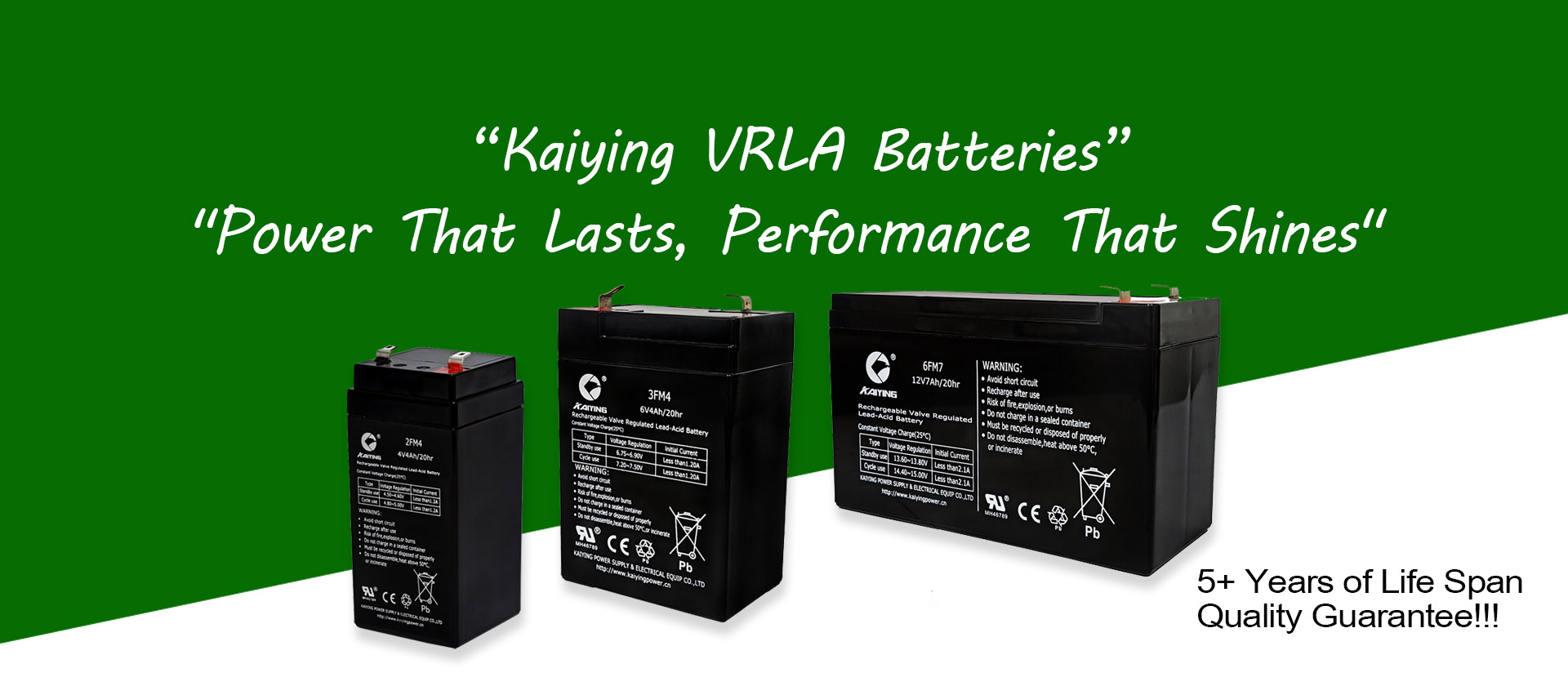current location : Home » categoires :
Global UPS Backup Battery Market 2025 How Lead-Acid and Lithium Batteries Coexist
Global UPS Backup Battery Market 2025 How Lead-Acid and Lithium Batteries Coexist
The competition between lead-acid and lithium-ion batteries in the UPS backup power market reflects a balance between *cost efficiency* and *technological innovation*. By 2025, the market will see clear divisions: lead-acid batteries maintain dominance in reliability-driven sectors like healthcare and security, while lithium-ion solutions target high-growth areas like data centers and portable devices. Here’s a data-driven analysis based on industry reports (MarketsandMarkets, Bloomberg NEF):

1. Why Lead-Acid Batteries Still Matter
Lead-acid batteries remain irreplaceable in scenarios demanding extreme durability and low costs:
 Medical Equipment: Used in 65% of fixed UPS systems (e.g., ventilator backups) due to deep-discharge resilience (92% capacity retention at 80% DOD) and minimal maintenance.
Medical Equipment: Used in 65% of fixed UPS systems (e.g., ventilator backups) due to deep-discharge resilience (92% capacity retention at 80% DOD) and minimal maintenance.
 Security Systems: Dominate fire alarms and access control units, withstanding high temperatures (30% longer lifespan at 45°C) and offering rapid global delivery (72-hour turnaround).
Security Systems: Dominate fire alarms and access control units, withstanding high temperatures (30% longer lifespan at 45°C) and offering rapid global delivery (72-hour turnaround).
 Kids’ Ride-On Cars: Hold 90% market share with low cost (<$7 per 12V7AH unit) and plug-and-play compatibility.
Kids’ Ride-On Cars: Hold 90% market share with low cost (<$7 per 12V7AH unit) and plug-and-play compatibility.
2. Lithium-Ion’s Rise in High-Value Sectors
Lithium batteries are gaining ground through tech upgrades and policy support:
 Data Centers: AI-driven power demands favor lithium-ion BBUs (Backup Battery Units). NVIDIA’s GB300 servers now use lithium cells, with global BBU demand hitting 220 million units by 2025—60% driven by cloud giants like Microsoft and Google.
Data Centers: AI-driven power demands favor lithium-ion BBUs (Backup Battery Units). NVIDIA’s GB300 servers now use lithium cells, with global BBU demand hitting 220 million units by 2025—60% driven by cloud giants like Microsoft and Google.
 Portable Medical Devices: Handheld ultrasound tools adopt 18650 lithium cells, cutting weight by 30% while meeting UL 1642 safety standards.
Portable Medical Devices: Handheld ultrasound tools adopt 18650 lithium cells, cutting weight by 30% while meeting UL 1642 safety standards.
 Smart Security Cameras: Lithium batteries power wireless cameras, offering 2,000+ cycles (vs. 350 cycles for lead-acid) and cold-weather performance (-30°C operation).
Smart Security Cameras: Lithium batteries power wireless cameras, offering 2,000+ cycles (vs. 350 cycles for lead-acid) and cold-weather performance (-30°C operation).
3. Regional Trends & Policy Impacts
 Southeast Asia: Frequent blackouts (>120 hours/year) keep lead-acid dominant (78% share), but India and Indonesia impose 15% tariffs to protect local producers.
Southeast Asia: Frequent blackouts (>120 hours/year) keep lead-acid dominant (78% share), but India and Indonesia impose 15% tariffs to protect local producers.
 Europe & North America: Lithium penetration exceeds 60%, driven by EU’s CE certification (phasing out 30% of low-quality products) and Germany’s 5,000-cycle lifespan mandate for energy storage.
Europe & North America: Lithium penetration exceeds 60%, driven by EU’s CE certification (phasing out 30% of low-quality products) and Germany’s 5,000-cycle lifespan mandate for energy storage.
 China: Lead-acid demand grows 25% annually in western data centers (“East Data West Computing” project), while new energy policies push lithium adoption.
China: Lead-acid demand grows 25% annually in western data centers (“East Data West Computing” project), while new energy policies push lithium adoption.
4. Risks & Opportunities
 Lead-Acid Costs: High lead prices (~$2,450/ton) favor companies with in-house smelting (e.g., Yuguang Gold Lead), while smaller recyclers struggle.
Lead-Acid Costs: High lead prices (~$2,450/ton) favor companies with in-house smelting (e.g., Yuguang Gold Lead), while smaller recyclers struggle.
 Lithium Tech Race: Samsung SDI’s “all-pole ear” cells boost power density by 15%, and Chinese firms like Tianneng Energy supply Microsoft/NVIDIA in non-U.S. markets.
Lithium Tech Race: Samsung SDI’s “all-pole ear” cells boost power density by 15%, and Chinese firms like Tianneng Energy supply Microsoft/NVIDIA in non-U.S. markets.
 Regulatory Hurdles: EU’s RoHS 2.0 rules (lead content ≤0.1%) force lead-acid makers to upgrade recycling tech (e.g., silver paste recovery).
Regulatory Hurdles: EU’s RoHS 2.0 rules (lead content ≤0.1%) force lead-acid makers to upgrade recycling tech (e.g., silver paste recovery).
Lead-acid and lithium batteries aren’t rivals—they fill unique niches. Lead-acid excels in cost-sensitive, high-reliability roles, while lithium powers innovation-heavy sectors. Success in 2025 depends on *knowing your customers*: hospitals prioritize safety certifications, data centers calculate total ownership costs (TCO), and parents want affordable kids’ toys.
prev 12V Lead-Acid Batteries in Stairlifts | Kaiying Power
next Upholding Quality, Combating Fakes | Kaiying Power